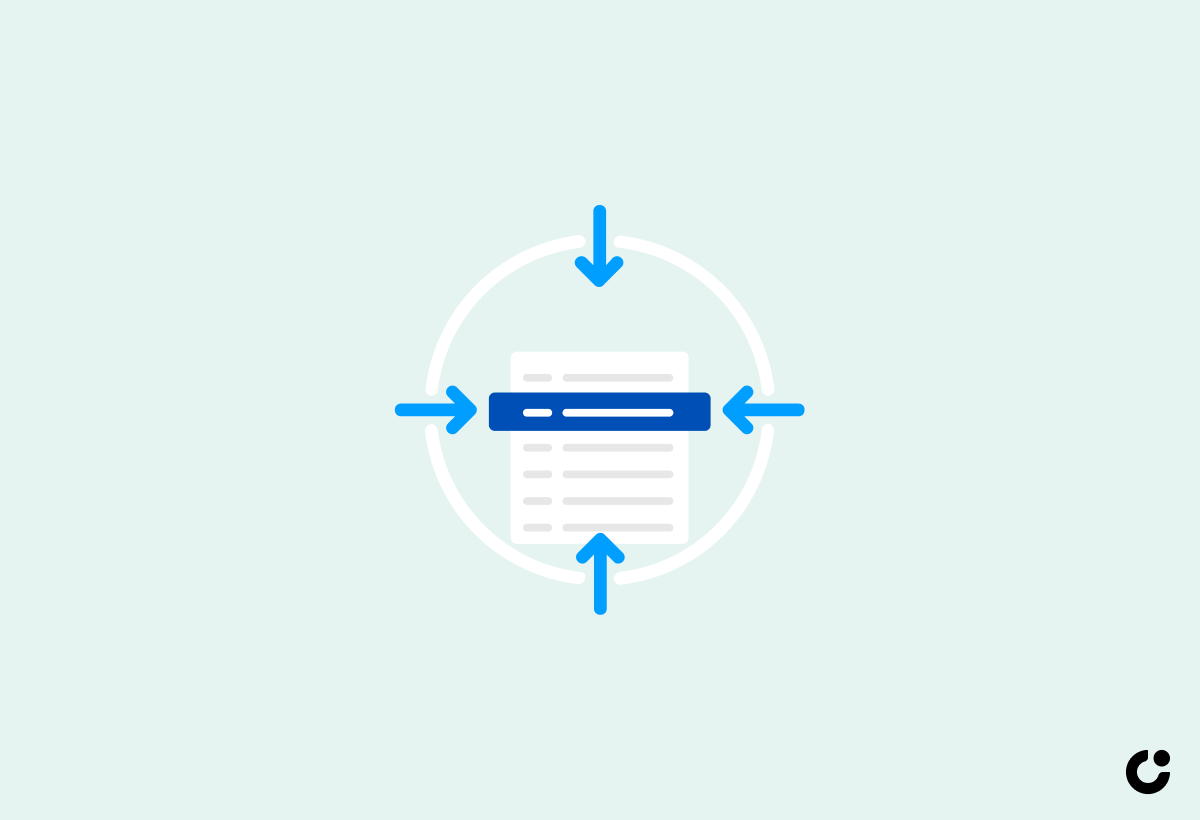In the crowded world of digital communication, making your sales emails stand out is more important than ever. With the right strategies, you can capture your prospects’ attention, increase open rates, and ultimately boost your sales. In this blog post, we’ll share tips on crafting compelling subject lines, enhancing email body content, designing visually appealing emails, crafting clear calls to action, and following up effectively. Let’s dive in and learn how to make a sales email stand out in a crowded inbox, truly setting it apart from the competition.
Key Takeaways
- Craft compelling subject lines to capture attention and increase open rates.
- Utilize personalization, intriguing questions, storytelling techniques & value offers in emails.
- Optimize for mobile devices with visuals and track key metrics for successful sales email communication that stands out from the competition.
Crafting Compelling Subject Lines
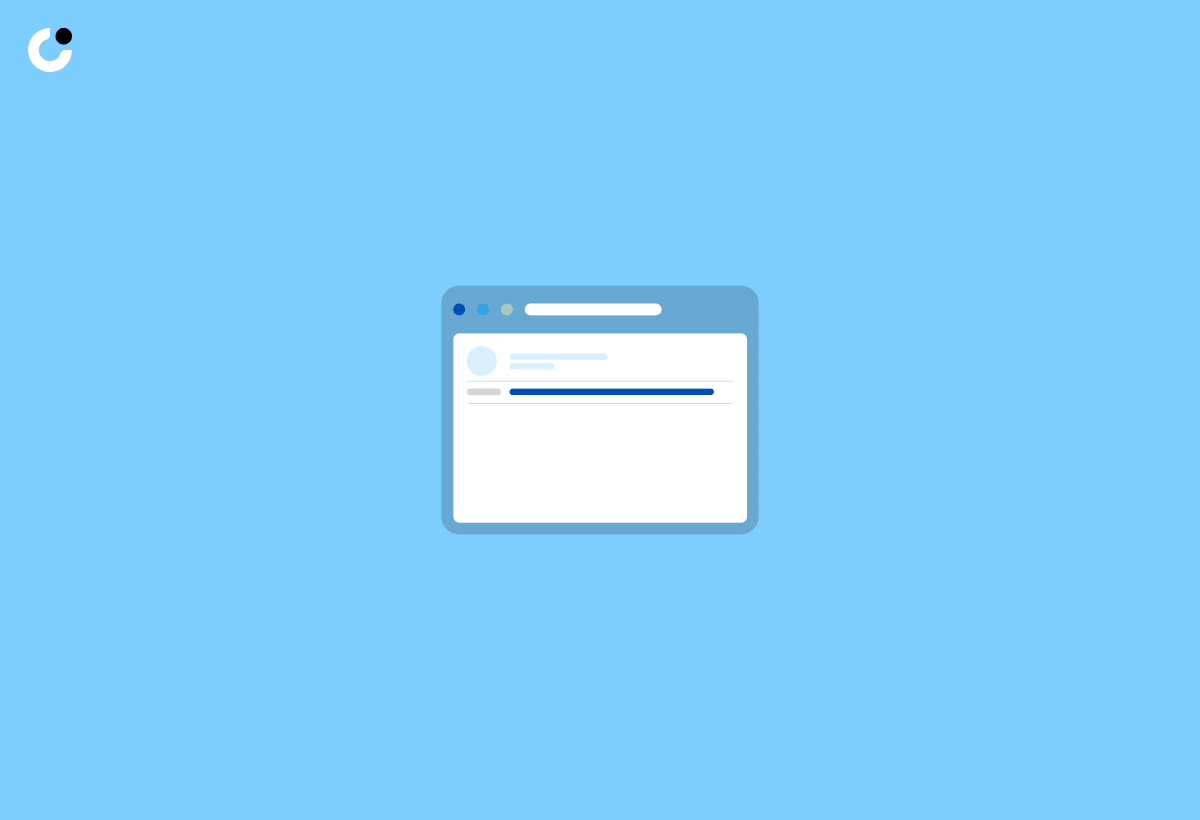
Creating creative, persuasive, and informative subject lines are key to successful sales emails. It’s the first impression you make on your prospects, and it can determine whether they’ll open your email or not. According to research, the ideal length for a subject line in sales email templates is approximately 41 characters or seven words.
This segment will cover strategies to craft effective subject lines that capture your prospects’ attention and boost open rates.
Keep it Short and Sweet

Brief subject lines are key to capturing the reader’s attention. Aim for no more than 9 words or 60 characters, or better yet, 7 words or 41 characters for maximum impact. By keeping it short and to the point, you make it easier for your prospects to quickly grasp the main message of your email and decide whether to open it or not.
Also, incorporating numbered lists into subject lines can help generate interest and boost open rates.
Use Personalization
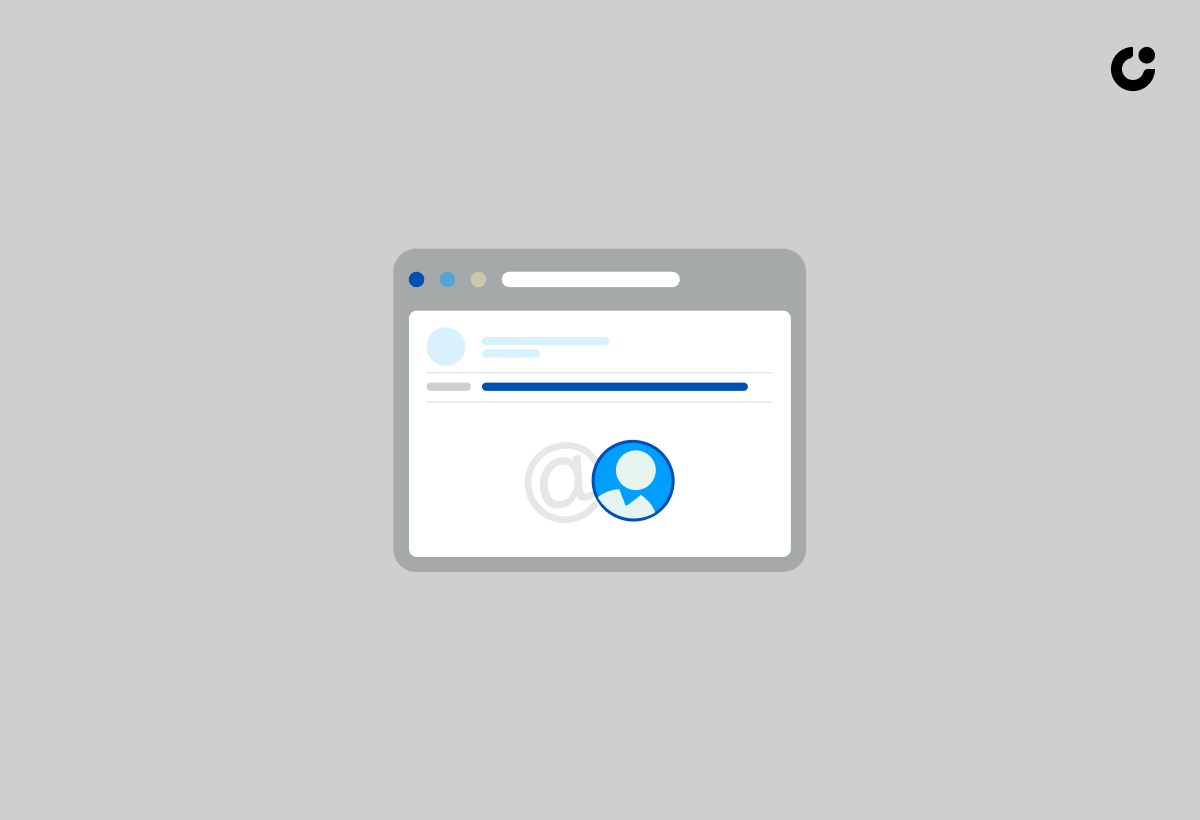
Personalizing a sales email can enhance engagement and create relevance for the recipient. Incorporating the prospect’s name or other personal information in the subject line can capture the buyer’s attention and heighten engagement, increasing the likelihood of a response.
Emphasizing the mutual connection between your business and the customer helps establish genuine relationships and creates a personalized experience for your prospects. One way to showcase this connection is by sharing customer testimonials, which can highlight the positive experiences of your clients.
Ask Intriguing Questions

Pique the recipient’s curiosity by asking thought-provoking questions in the subject line. An example of a successful sales email that utilizes an intriguing question in the subject line is: “How do you pay [name of employee]?”. Asking open-ended questions that stimulate the recipient’s interest and relate to their concerns increases the likelihood of engaging them and eliciting a response.
Employing a rhetorical question can also initiate a conversation and encourage the recipient to respond.
Enhancing Email Body Content
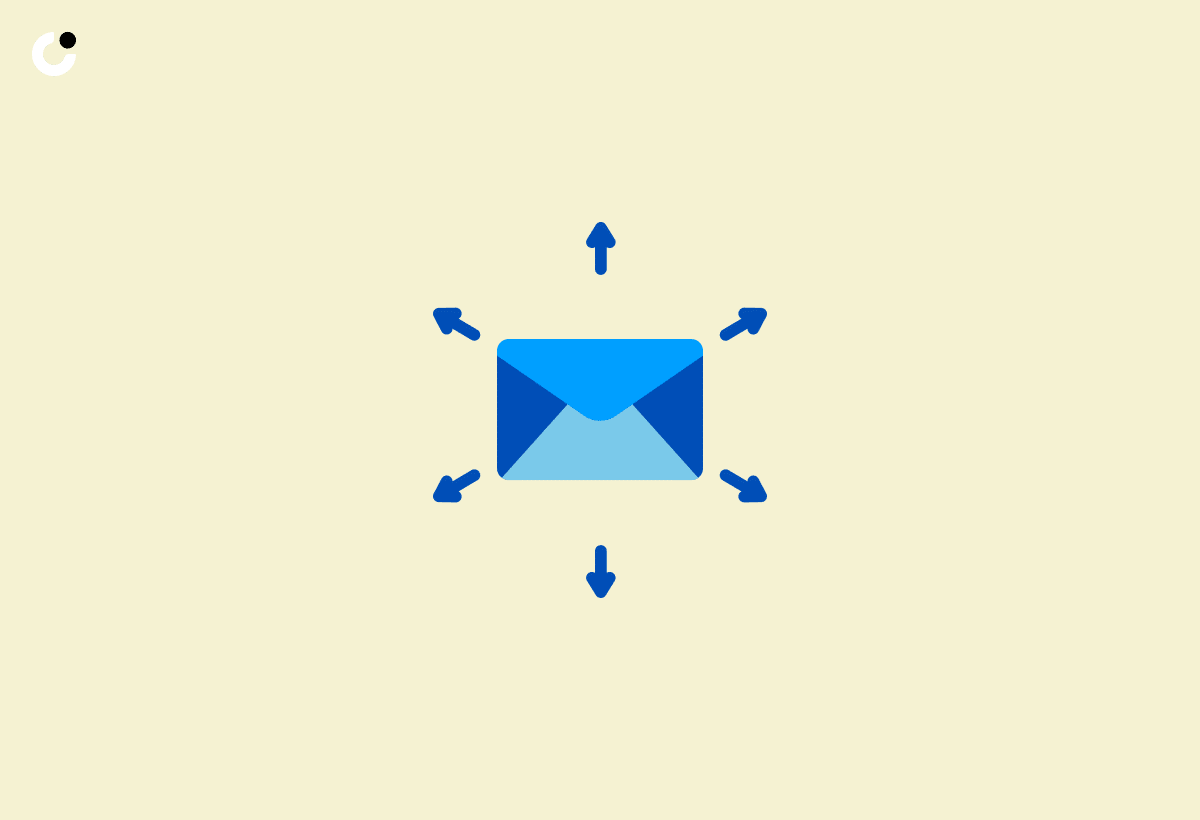
The content of your sales email plays a significant role in determining its success. To create engaging email content, focus on the prospect and offer value. Research indicates that sales emails between 50 and 125 words have the highest response rate at just above 50%.
This segment covers how to create email content that caters to the recipient’s needs, interests, and challenges, making it relevant and engaging.
Focus on the Prospect

To make your email more relevant and engaging, address the prospect’s needs, interests, and pain points. Focusing your message around the potential customer helps establish a personal connection that resonates with them and prompts action. Sales pros suggest:
- Greeting the prospect and inquiring about their business
- Taking note of any pain points or challenges they may be facing
- Offering tailored solutions to their needs
Offer Value

An appealing approach to sales emails is including value for the potential customer in the sales email subject line. In the body of your email, aim to provide useful information, solutions, or incentives that encourage the prospect to take action. For instance, you can offer a free trial or discount on your services or share a relevant industry report or case study.
Offering value shows that you care about the prospect’s success and aren’t just focused on making a sale.
Utilize Storytelling

Use stories to connect with the prospect on an emotional level and make your message more memorable. Stories can illustrate the value proposition, showcase success stories, and address the prospect’s pain points and challenges. Successfully telling a story that resonates with prospects and emotionally moves them requires a comprehensive understanding of their needs and preferences.
Employing effective storytelling techniques, such as creating buyer personas, understanding the principles of storytelling, and establishing relatable connections, can enhance the impact of your sales emails.
Design and Formatting Tips
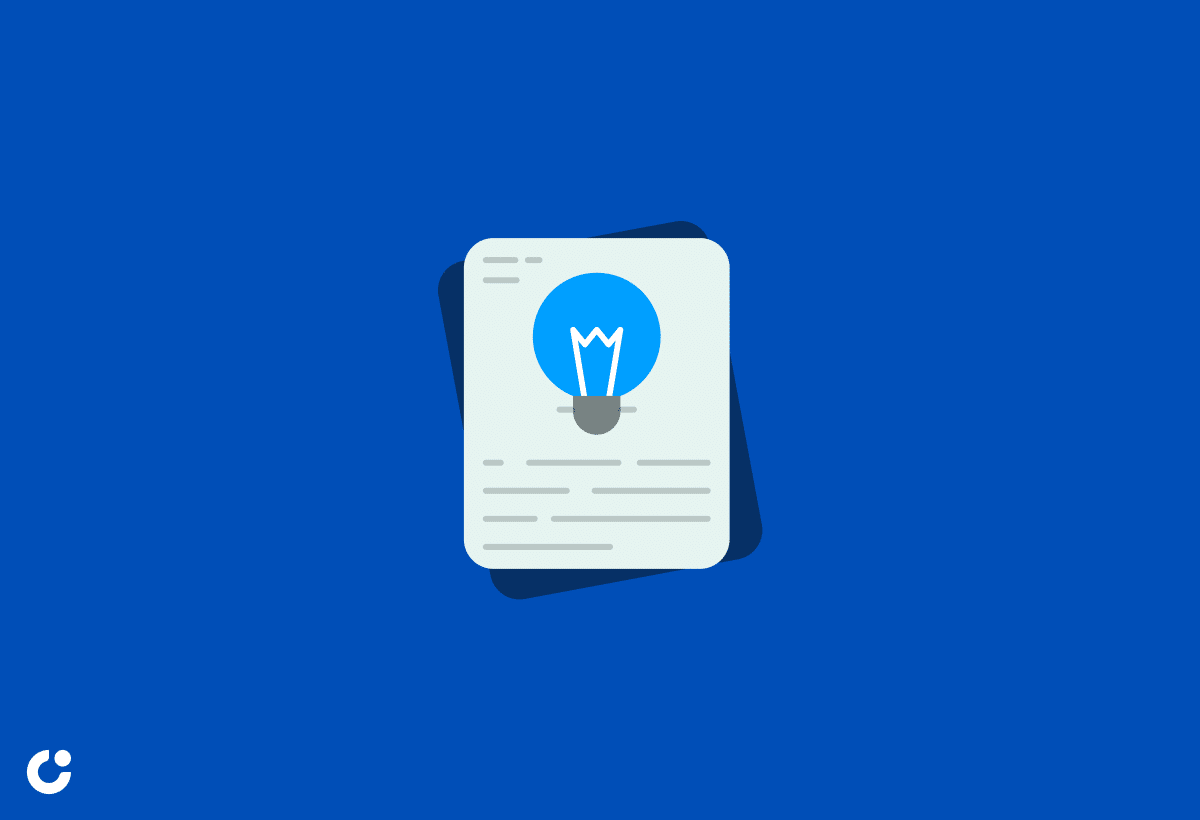
The design and formatting of your sales emails can significantly impact their readability and visual appeal. This segment will share tips on formatting your sales emails for optimal readability, optimizing them for mobile devices, and including images and visuals for better engagement.
Use Bullet Points and Subheadings

Breaking up large blocks of text with bullet points and subheadings can make your email easier to read. Here are some benefits of using bullet points and subheadings in your sales emails:
- Organizing and emphasizing key points
- Dividing lengthy sections of content
- Offering a change of pace for the reader
- Maintaining the information concise and pertinent
By utilizing these formatting techniques, you can enhance the readability and visual appeal of your sales emails.
Aim for paragraphs of approximately 100 words and utilize bullet points to present information in a clear, organized manner.
Optimize for Mobile Devices

As more users check their email on smartphones and tablets, making sure your emails are mobile-friendly is key. Pay attention to the font size, as too small or large font can make it difficult to read the text without zooming in or result in awkward text wrapping. In this regard, it’s crucial to avoid the so and so approach and ensure a seamless reading experience for your audience.
Use a single column design and incorporate small-sized images and compressed videos to enhance the mobile user experience.
Include Images and Visuals

Adding relevant images, graphics, or videos to your sales emails can enhance their visual appeal and support your message. Studies indicate that the inclusion of visuals in emails can increase a reader’s inclination to read the content by 80 percent.
Consider incorporating images, GIFs or animated images, cinemagraphs, videos, APNGs, infographics, charts, and graphs to make your emails more engaging and visually appealing.
Calls to Action and Follow-ups

Clear calls to action and effective follow-up strategies are essential elements of successful sales emails. This segment discusses:
- The importance of clear calls to action
- Choosing the right timing and frequency for follow-up emails
- Ensuring your follow-up emails continuously offer value and address the prospect’s needs or concerns.
Crafting Clear Calls to Action

Including a specific, actionable request in your email can guide the prospect towards the desired outcome. For a clear call to action, use straightforward language that is easy to comprehend and steer clear from generic phrases like ‘learn more’ or ‘contact us’.
Make the call to action stand out visually in the email and incorporate your brand’s personality or speak in your brand’s voice to make it more captivating.
Timing and Frequency of Follow-ups

Choosing the right timing and frequency for follow-up emails is key to sustaining engagement without overwhelming the prospect. The best time to send follow-up emails in sales is between 9 a.m. to 12 p.m. and 12 p.m. to 3 p.m. EST.
As for frequency, various sources suggest that sending 3 to 5 follow-up emails spaced out over a period of 3 to 4 days is an effective approach.
Adding Value with Follow-ups

Ensure your follow-up emails continue to offer value and address the prospect’s needs or concerns. For example, you can provide helpful content or resources, reference a pertinent topic, or address any objections or questions the prospect may have.
By offering value in your follow-up emails, you can maintain engagement and increase the likelihood of a positive response or conversion.
Testing and Analyzing Sales Emails

Testing and analyzing your sales emails is essential for optimizing their performance and improving your overall strategy. This segment covers:
- How to conduct A/B testing for your subject lines and content
- How to track key metrics to assess the success of your sales emails
- How to adjust and refine your strategies based on the insights from testing and analysis.
A/B Testing Subject Lines and Content
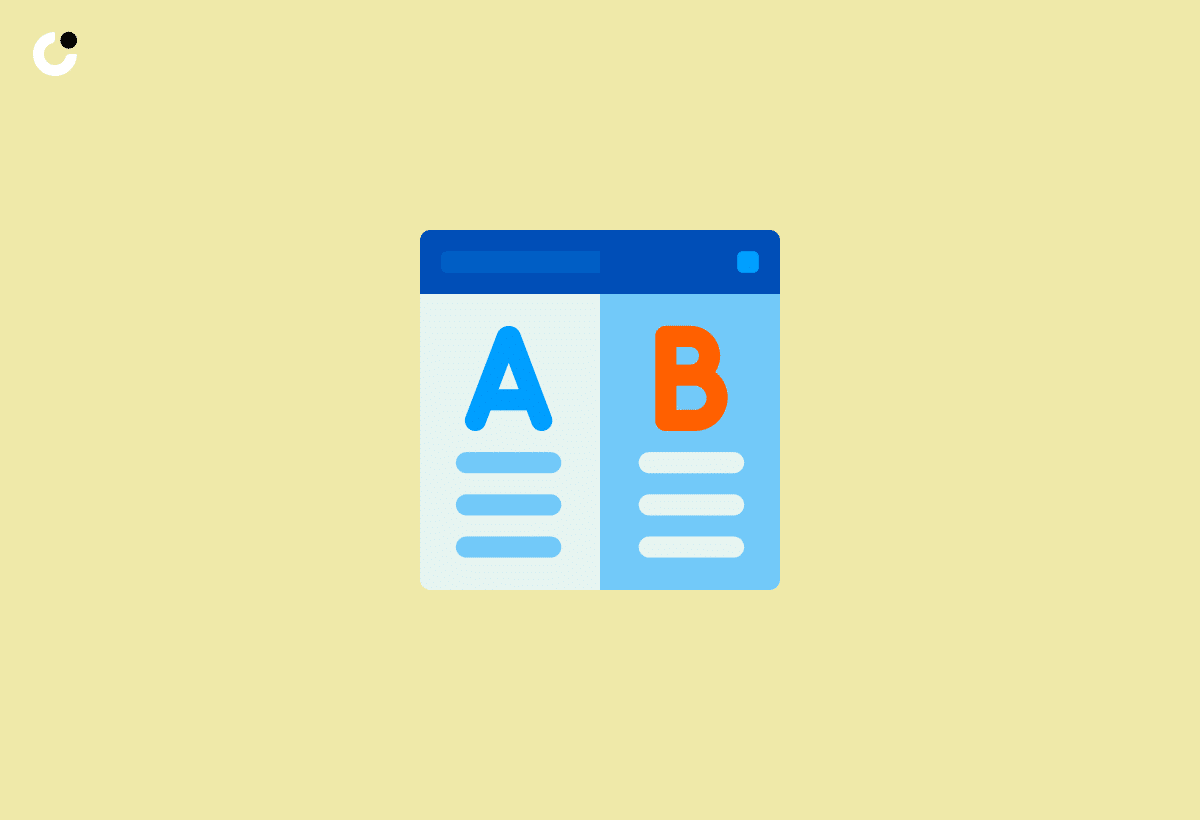
A/B testing can help you identify the most effective subject lines and email content for your target audience. Conduct A/B tests by sending two versions of the email with different subject lines or content variations to small segments of your email list, then analyze the open rates and other engagement metrics to determine which version performed better.
Use the insights gained from A/B testing to optimize your subject lines and content for better results.
Tracking Key Metrics
Monitor important metrics such as open rates, click-through rates, and conversion rates to evaluate the success of your sales emails. These metrics can provide insights into how your audience is engaging with your emails and help you understand what is working well and what needs to be optimized, allowing you to refine your email content, design, and targeting strategies.
Adapting and Refining Strategies

Use the insights gained from testing and analysis to adapt and refine your sales email strategy for better results. This may involve:
- Adjusting your subject lines
- Modifying your email content
- Updating your email design
- Refining your targeting approaches
Make these adjustments based on the feedback and performance data you have collected.
By continuously monitoring and optimizing your sales emails, you can ensure that your email communication remains relevant, engaging, and effective in driving results, making your sales emails stand out among the competition.
Case Studies: Successful Sales Email Examples

This segment examines real-life examples of successful sales emails to learn from their strategies and apply their best practices to our own email campaigns. These case studies showcase the power of personalized outreach, creative subject lines, and effective follow-up sequences in driving engagement and conversions.
Personalized Outreach

A personalized approach to sales emails can lead to increased engagement and conversions. For example, sales reps who:
- Greeted the prospect and inquired about their business
- Took note of any pain points or challenges they may be facing
- Offered tailored solutions to their needs
Saw a significant increase in response rates with the same message.
By focusing on the prospect’s individual needs and preferences, you can create a personal connection that resonates with them and encourages them to take action.
Creative Subject Line

Discover how a unique and attention-grabbing email subject line can boost open rates and drive results. A successful sales email with the subject line “I love everything in this email!” saw a significant increase in open rates. By being creative and capturing the recipient’s interest, the email stood out in a crowded inbox and encouraged the prospect to read the message. Crafting effective email subject lines is crucial for maximizing the impact of your sales emails.
Effective Follow-up Sequence
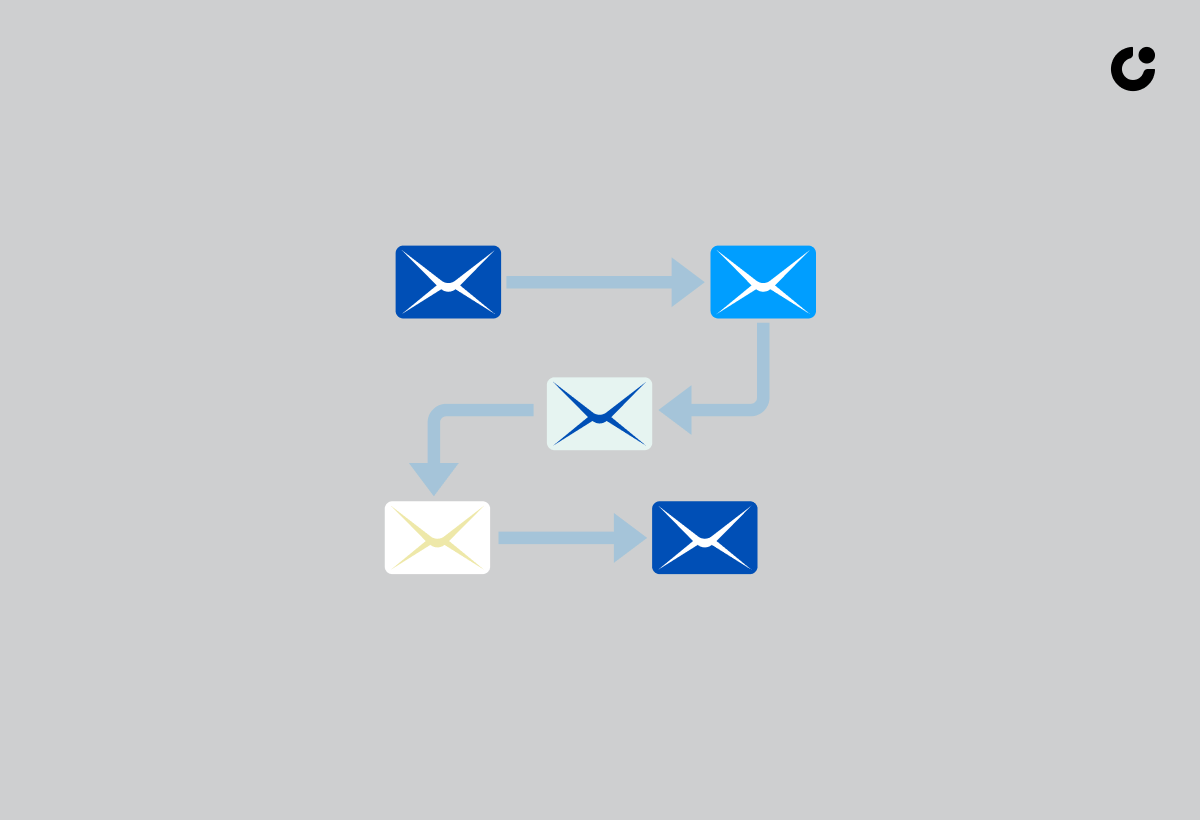
An effective follow-up email sequence can maintain engagement and add value for the prospect. For example, a three-email sequence with clear calls to action led to a higher response rate than a single email. By providing valuable content, addressing the prospect’s concerns, and maintaining a consistent frequency, the follow-up sequence succeeded in driving engagement and conversions.
Summary
In conclusion, crafting a sales email that stands out in a crowded inbox requires a combination of compelling subject lines, engaging content, visually appealing design, clear calls to action, and effective follow-up strategies. By personalizing your outreach, testing different approaches, and continuously refining your strategy based on performance data, you can maximize the impact of your sales emails and drive better results. Remember, the perfect sales email is a combination of art and science – it’s all about finding what resonates with your target audience and delivering value at every touchpoint.
Frequently Asked Questions
How to write cold email?
When writing cold emails, personalize your message to the recipient, validate yourself, clearly state how you can provide value, keep it short and actionable, appreciate the reader, and don't use a template. Make sure the email does not contain any artifacts like random dates before sending it.
How to write sales email?
To write an effective sales email, craft a persuasive subject line, personalize the opening statement, provide quick context of value, highlight the value proposition, include a clear call to action, add a professional email signature and maintain a concise and professional tone.
What is the ideal length for a subject line in sales email templates?
The ideal length for a subject line in sales email templates is approximately 41 characters or seven words.
How many follow-up emails should be sent to a prospect in sales?
It is recommended to send 3 to 5 follow-up emails spaced out over 3 to 4 days for optimal results.
How can A/B testing be effectively implemented for email subject lines?
A/B testing can be effectively implemented for email subject lines by sending two versions to small segments of the list, then analyzing open rates to determine which subject line was more successful.

